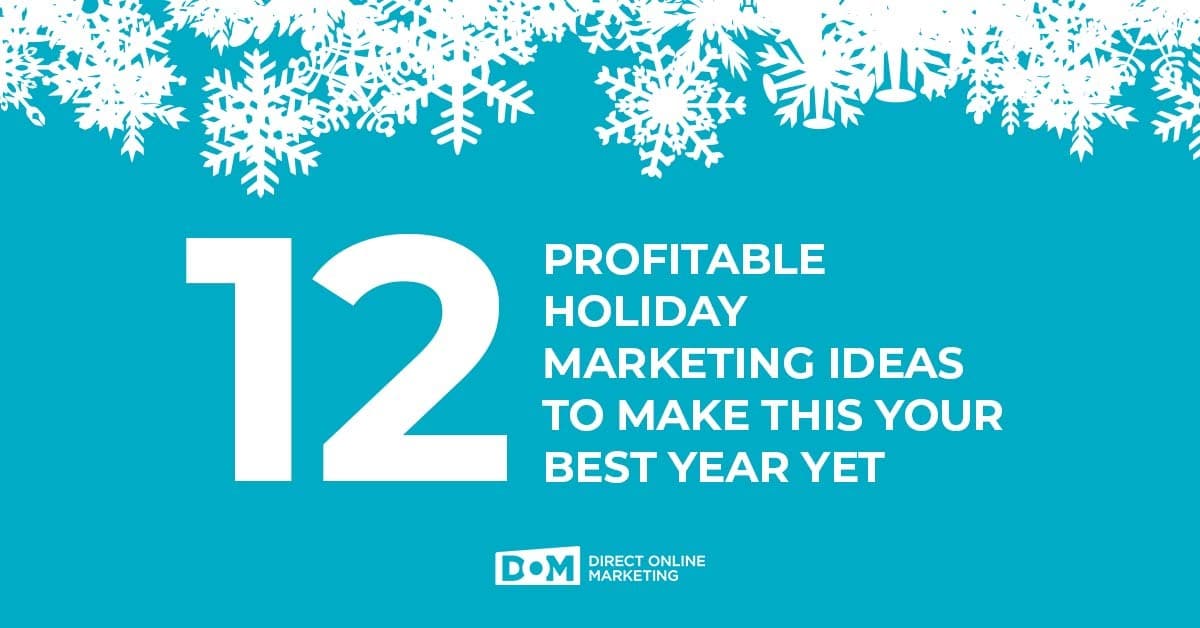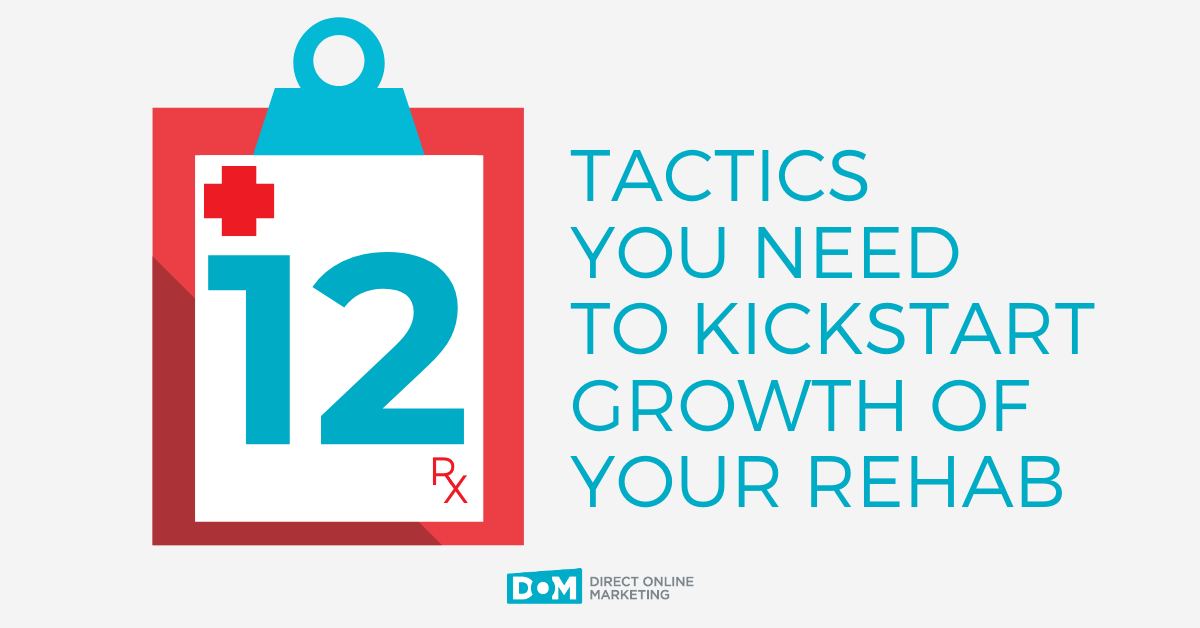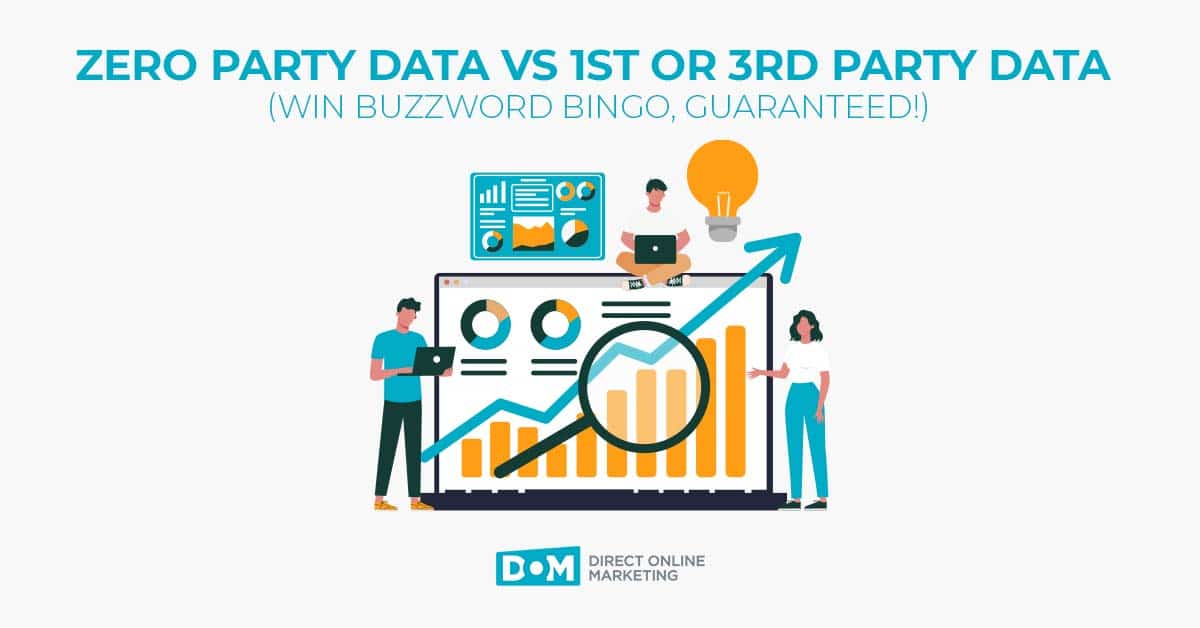
Google recently announced that it was offering advertising on mobile apps through AdWords, something made possible by integrating an earlier purchase of AdMob into the AdWords interface. You can now have ads served up on apps throughout both Android and Apple apps, something you couldn’t do through AdWords before, instead relying on special mobile networks like Greystripe*.
* You can still purchase ads through Greystripe and the like – they operate on a different model that has both advantages and disadvantages over the AdWords platform.
After running a test campaign for a little over a week now – and with Google finally providing Analytics on this traffic (more on that in a bit), I thought it would be a good time to share some initial impressions. All the usual disclaimers apply; your mileage may vary for a variety of reasons.
Call me crazy, but if a company makes an acquisition and then takes two years to incorporate its platform into its own, then it probably wants to make sure it gets everything right – or at least not have any major mess-ups. We are talking about Google who would rather throw stuff against the wall early, then use feedback to fine-tune (and I’m not bagging on that as a wont), but surely one would expect that advertisers would be able to track the effectiveness of their new investments with this platform.
* Yes, I use this spelling. Yes, I am annoyed that my computer doesn’t recognize this legitimate spelling.
Instead for about the first week clicks from ads on this mobile network did not show up in Google Analytics. Unfathomable as this was, it wasn’t just our client – it was a known (after the fact) technical issue. The issue was resolved some time this past Monday, but all old data is up in smoke – nothing to retrieve. That’s not a huge deal assuming you didn’t go all in on a new feature – just pointing out why I wasn’t blogging about this last week when I originally intended.
Even though the analytics issue is “fixed,” there are still some major discrepancies that we’re trying to work through. We’re only seeing about 1/3 of the clicks turn up as visits within Analytics. There are a number of reasons for a difference, but that’s way high – especially if you’re paying on a per click basis and those aren’t being credited back as invalid clicks.
AdWords Mobile App Advertising Benefits
Let’s start with some benefits of the platform. For one, you get massive exposure at a pretty low cost. Here are some one day stats for this test campaign we ran targeting the Columbus, OH market.
Depending on the metric of choice (and we’ll dive into that more in a bit), the number of impressions this advertising can deliver is strong – that’s 175,000 impressions as (presumably) the only ad on the screen at one time on a $90 /day budget. Were that out only metric of concern, we’d actually have lower CPCs and CPMs.
Inherent in this is that you get many of the benefits you’ve come to expect from AdWords, including:
- No spend minimums
- Pay on a CPC or CPM basis
- Target users geographically
- Test as many creatives as you want
- Automatic reporting
- Ability to make changes at any time
- Day parting
App & Game Targeting
In addition to the above, you also have the ability to target categories of apps. The same categories you see in the Apple Store and Google Play are the ones that you can choose for targeting within AdWords. With both, you get a couple dozen high level targeting choices (e.g. Business, Finance, Medical) for apps and also a breakdown of choices within Games (e.g. Arcade, Racing, Sports). Apple also offers a further break down within their Newsstand section.
So why is this category targeting info in its own section and not in Benefits (above) or Drawbacks (below)? Well, it’s kind of in between. The ability to easy choose categories like you might with audiences through traditional Display Network advertising is a great thing. Especially since you can separate apps and games by ad groups for testing.
BUT, there’s no breakdown of performance – or any data whatsoever – about individual apps. One of the best changes Google made to their Display Network was giving you a breakdown of actual placements for your ads, first in placement reports, then within the management portion of the interface itself.
That’s the only way contextual advertising can work – otherwise advertisers will just get budgets destroyed and then the system falls apart. Sounds kind of like how Google was smart to introduce the concept of Quality Score from the get-go, no? Instead, we’re driving blind – like their Search Network.
I’ve no idea what kind of engineering it takes to get this data into the interface, but there’s no doubt it exists and they’re really smart, so it needs to get done. And it will because it’s the only way for this type of advertising to have long-term success for AdWords – there just aren’t any plans for it yet.
* “I’m picking up on your sarcasm.” Sorry – that was the best clip I could find for that scene in Tommy Boy.
& Now the Bad News
Well, actually, the lack of transparency is a huge part of it. But, here’s some more:
- Like with any display advertising through Google, you’re buying ads on a remnant basis. That means you won’t get premium placement or order in a lot of cases.
- No demographic targeting like with some other networks.
- No confirmation options (meaning asking the person if they really want to continue on to a site).
- No ability currently to do html5 or other more advanced ad types.
- Performance.
Now let’s dig into that last point a bit. Putting aside the fact that a huge percentage of the clicks aren’t showing up in analytics at all, the performance (for this campaign, our primary focus is site interaction) in our campaign is severely lagging behind other comparable campaigns with low time on site and pages per visit.
Takeaways
Usual disclaimers – we’re talking about one campaign, etc. – but a couple points seem apparent even at this early stage:
- You’ll want to tailor your ad and landing page experience specifically for the app / game audience. Can you get them to download an app, share on social media, etc.
- Clicks are going to be worth a whole heck of a lot less than other display advertising, so bid accordingly.
- It won’t be a good match for several combinations of industries and goals, at least not at this stage. At least not until targeting and analytics improve.
I’m heading down to Charleston, WV this morning to pick up an exporting award from the governor on behalf of our company. Besides humblebragging, what does that mean? I’ll have to add a Found Video Recap later. In the meantime, would love to hear your experiences with or questions about this new app advertising.
To get more information on this topic, contact us today for a free consultation or learn more about our status as Google Partners before you reach out.


